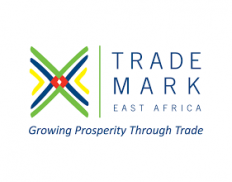Share
Print

Uganda strategic geographic position makes it a vital node for the region’s trade with South Sudan, Kenya, Rwanda, and DRC. Since 2010, Uganda’s annual economic growth rate has averaged 5.4% with the country surpassing the MDG target of halving poverty by 2015 (United Nations Development Programme MDG Goals Report 2015).
The country continues to face economic challenges including a high trade deficit, high cost of doing business due to poor infrastructure and low-value addition to its agriculture exports. Stagnant domestic revenue mobilization and uncertainty around oil production further compounds the situation. These challenges, hinder the development of key sectors like agriculture, manufacturing, and services, thus limiting their ability to satisfy the demand for jobs and contribute to poverty reduction. Uganda poverty level currently stands at 19.5%.
The Government of Uganda’s flagship Second National Development Plan aims to tackle some of these challenges.
TMEA aims to deliver further reductions to time and costs of doing business in Uganda. This will be achieved through support to ICT for Trade (ICT4T), enhancing coordination among trade agencies and upscaling successful interventions such as Electronic Cargo Tracking System (ECTS) and Authorised Economic Operator (AEO) to the regional level. TMEA will encourage export-led growth by supporting the production of higher value added tradable products. Supporting the private sector advocacy around standards, quality and market access for high potential products will increase the export capability of Uganda. To complement this, the programme will facilitate reforms in technology, skills and data within the logistics sector to enable agile, lean and efficient supply chains.
